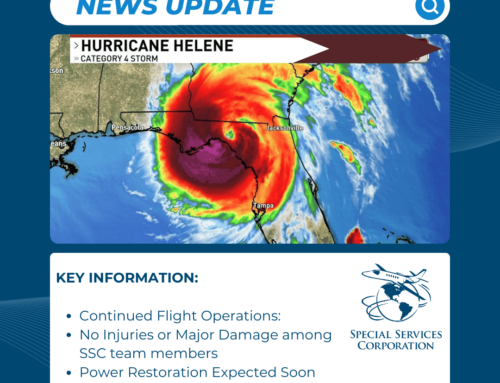Aviation has been blessed with advances in aerodynamics, engine efficiencies, avionics and the best in technology today, yet ATC and pilot communications are still experiencing age-old limitations of human nature that can distort messages. Probably the greatest inherent problems to voice communication is the use of non-standard phraseology.
Examples:
A call was made to ATC as follows, “Clearance, NSSC request federal aide (jokingly meaning a FAA clearance) to San Francisco”. The controller, not getting the joke part, interprets this to mean that the crew were being hijacked, therefore called the authorities. The AIM dictates a more standard phraseology like, “Clearance, NSSC IFR San Francisco”.
Cruising altitude was 7000 feet…radio hand-off was made…the pilot checks in with the other controller replying level at 7000 feet. The controller replied, “Verify level at 8000”. The pilot replies, “Roger”. Roger what? The AIM defines the term “Roger” as, “I have received all of the last transaction,” and states that it should not be used to answer a question requiring a yes or no answer. Roger is often misused resulting in misunderstood communication, annoying communication, or sometimes even more serious consequences for controllers and pilots.
Pilots and controllers alike are mandated to use standard phraseology and pilots are required by regulations to read back certain clearance phrases.
The pilot-controller dictionary defines squawk as “to activate a specific mode/code function on the aircraft transponder”. “Squawk altitude” is a controller instruction to set the altitude function of a mode 3/A transponder. As you know, squawking 7500 is the code indicating a hijacking. This triggers a flashing “HJK” notice in the aircraft’s data block on the controller’s radar screen. The controller will then ask to “verify squawking 7500″…if the pilot verifies or makes no response at all, no other questions will be asked, but flight-following continued and authorities notified accordingly.
So, how about this one? ATC assigns a squawk code…several minutes later ATC asked “say altitude,” and the pilot responds “7500,”…then ATC tells the pilot to “squawk altitude”…the pilot dials in 7500 on the transponder and well, you know the rest of the story.
What are we saying? Pilots and Controllers should be conscientious and use standard aviation phraseology when communicating. Not only use standard phraseology, but speak distinctively and clearly. Remember the phonetics? “O” is “oss-car” and “0” is zero…five is “fife”…nine is “niner” …11000 feet altitude is one one thousand…braking action is “good, poor, nil” and so on.
Let’s say it like it should be said and help avoid the incidents attributed specifically to the use of non-standard communications.
Jim Alexander





Leave A Comment